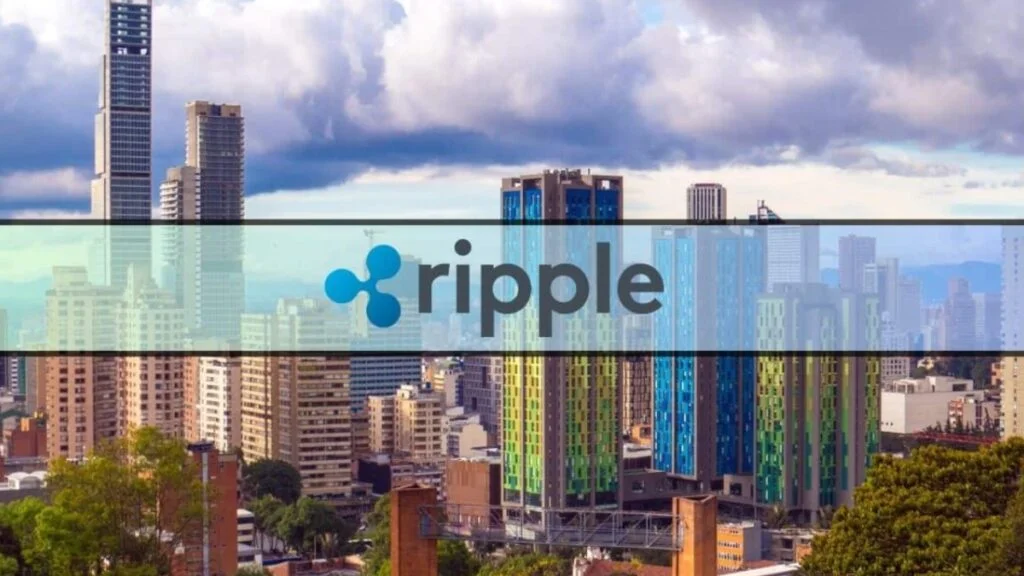In partnership with Banco de la República, Colombia’s central bank, Ripple is exploring potential blockchain technology applications in the financial industry.

Despite facing a two-year legal dispute with the U.S. Securities and Exchange Commission (SEC), Ripple has continued to develop its network. The SEC considers Ripple’s native coin, XRP, to be a security.
However, the lawsuit has helped Ripple’s expansion. Recent developments highlight their collaboration with Banco de la República, demonstrating their ongoing commitment to exploring and inventing blockchain technology applications.
The Ministry for Information and Communications Technologies (MinTIC) and Banco de la República have shown interest in testing Ripple’s central bank digital currency (CBDC) platform.
They hope that this platform can enhance their existing high-volume payment system. The investigation aligns with MinTIC’s efforts to experiment with blockchain technology.
Mauricio Lizcano, Colombia’s Minister of Information Technologies and Communications, expressed enthusiasm for this initiative. He sees blockchain-based solutions as tools that can improve the efficiency and security of various institutional operations.
The discussion revolves around the development and utilization of blockchain technology to enhance operations securely and efficiently. James Wallis, Vice President of Central Bank Interactions and CBDCs at Ripple, echoed this sentiment.
He believes that the CBDC platform, built on the Ripple ledger (XRPL), can advance the adoption of blockchain technology in government operations. Wallis expressed confidence in Ripple’s ability to deliver this technological advancement despite their ongoing legal challenges.

